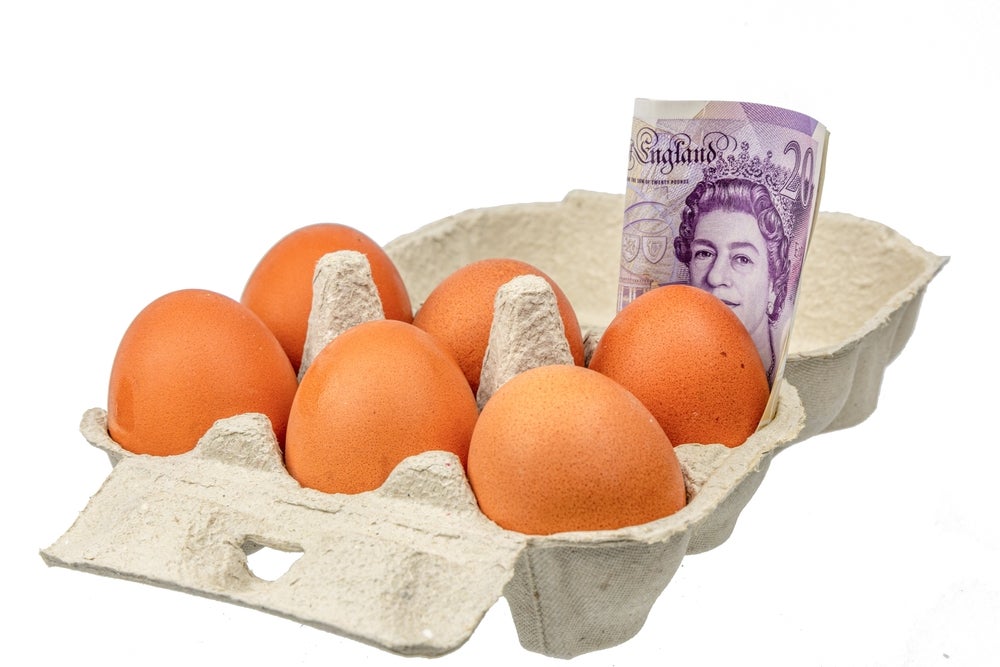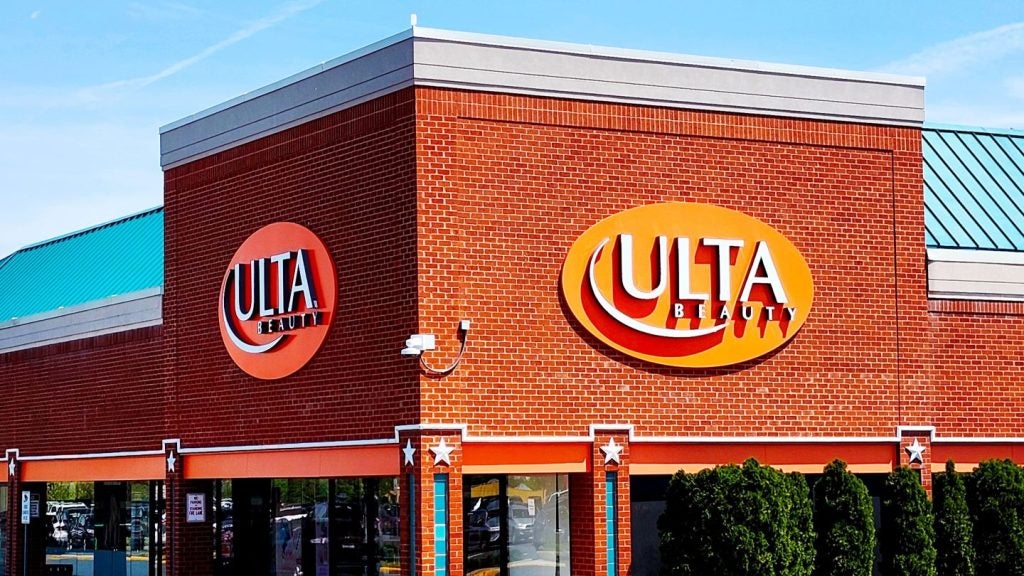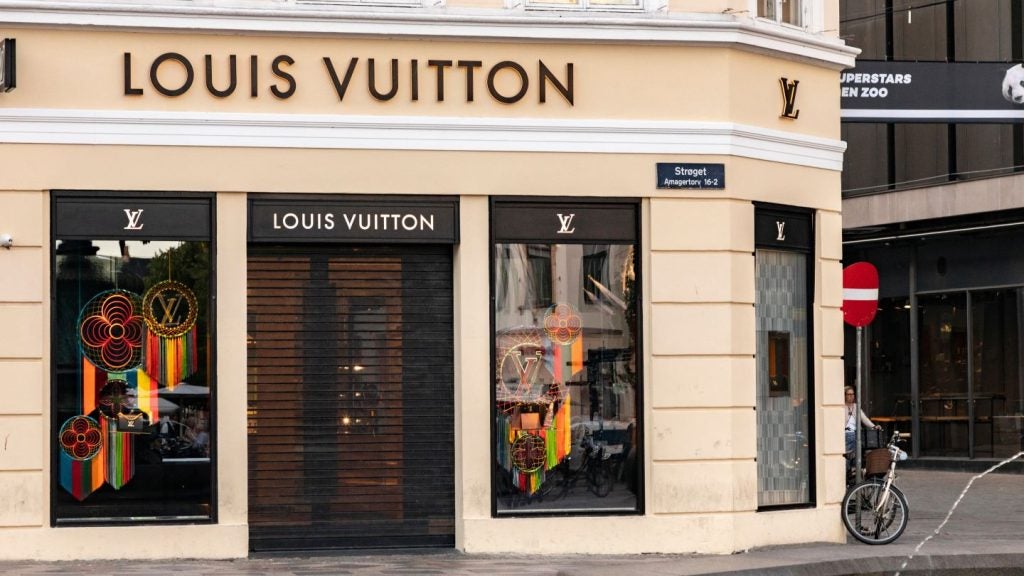In this piece, we turn to fresh analysis from Goldman Sachs Research to tackle a simple question with a puzzling answer: why did the UK’s underlying inflation linger above that of other rich countries after the pandemic?
The clues point to forces that were hiding in plain sight—shaping everyday bills, pay packets and the prices of services we use each week. In what follows, we briefly unpack what they were, how they kept inflation sticky, and why the story may finally be turning.
What kept prices sticky
UK inflation has dropped a long way from its peak, but the underlying part—known as core inflation—has stayed higher than in many other advanced economies.
In August, UK inflation stood at 3.8%, which was much higher than in countries like France (0.8%) and the wider Eurozone (2.2%). Although it had fallen from its earlier highs, it was still slightly above levels in other major economies, such as Germany (2.1%).
The Organisation for Economic Co-operation and Development (OECD) forecast that the UK would see the highest inflation among advanced economies in 2025, mainly due to rising food prices and increased business costs, including National Insurance and wages.
Core inflation removes food and energy, which bounce around, to show the steadier trend. In Britain, the sticky area has been services such as rent, restaurants, insurance and haircuts. Goods prices have been calmer by comparison.
A key reason is pay, according to Goldman Sachs. Wages in the UK have been growing at about 6%, versus roughly 4% across the rest of the G7. When pay rises faster, service providers face higher costs and often lift prices in response.
Two post-Covid forces made this worse. First, the UK suffered a larger jump in food and energy prices than many peers, and those higher costs filtered into other prices over time.
Second, the jobs market ran unusually hot, with many vacancies and not enough jobseekers, which pushed wages up further. Together, these pressures kept core inflation elevated.
What is changing now
Both drivers are weakening. Food and energy prices have fallen from their peaks.
The labour market has cooled, with fewer vacancies relative to people looking for work. That takes the heat out of wage growth and, with a lag, eases services inflation.
On Goldman Sachs’ analysis, this means UK inflationary pressures should continue to fade over the coming quarters and start to look more like those in other advanced economies.
What it means for households, businesses and interest rates
For households, price rises should slow further even if they do not disappear overnight, and pay growth is likely to calm from recent highs.
For businesses, hiring should become easier and there may be less need for big, frequent pay increases, which reduces the urge to raise prices.
For policy, a gentler inflation backdrop would give the Bank of England scope to cut interest rates more than markets currently expect, with inflation on track to return to target in 2026.













